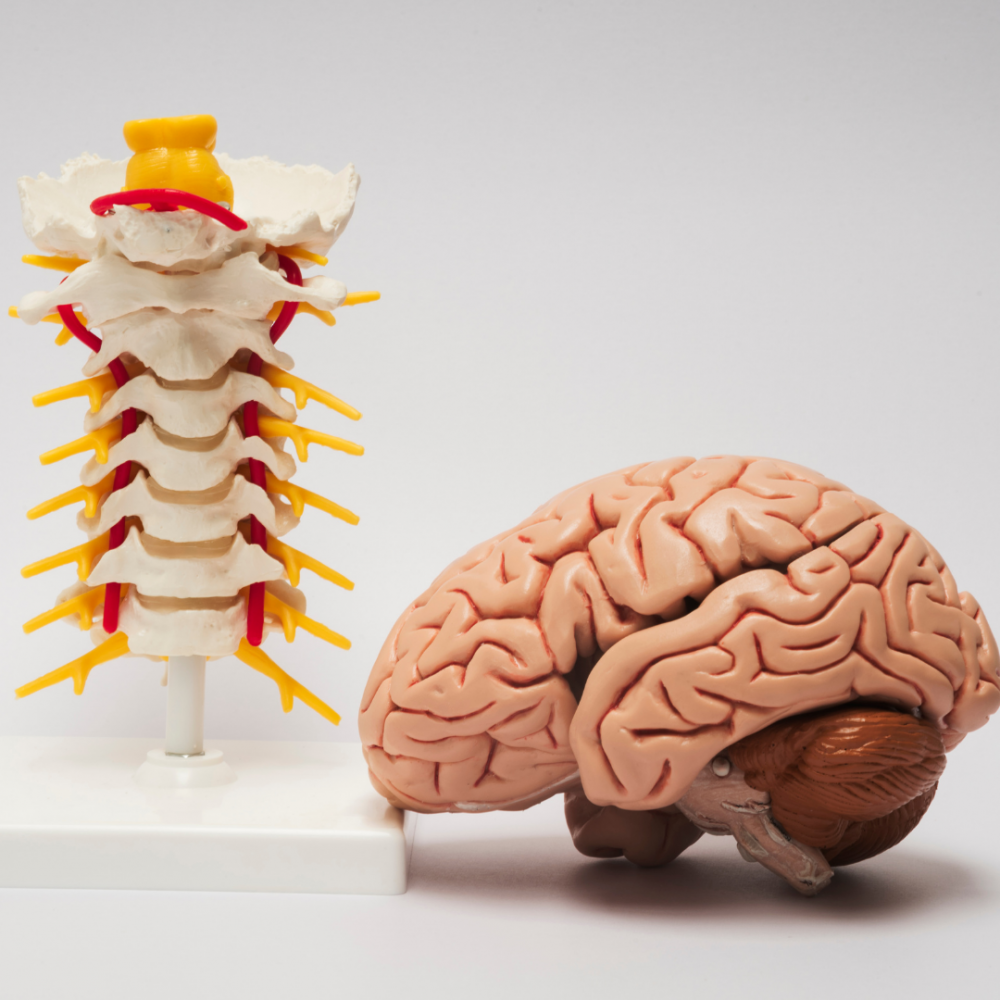
How Can Chiropractic Treatment Help Me?
How Can Chiropractic Treatment Help Me?
Chiropractic utilises a range of techniques appropriate to the patient's condition and based on a combination of the best available evidence, the practitioner's experience and the patient's preference in order to get the best possible outcome.
The chiropractic adjustment (also known as joint manipulation) is the joint cracking you think of when you think of a chiropractor. Historically, this treatment was thought to 'move stuck joints" or 'relieve pressure," and it's true that it often feels that way. We now know the reason why this treatment is so effective at treating such a wide range of musculoskeletal problems, and it's to do with the brain. The brain has a specific area dedicated to sensing what is going on in the body, and controlling what is happening in the body. In the same way that muscles 'switch off’ when you don't use them, the brain's sensory and control systems get 'dull' with a lack of use. For example, when you sit slouched at a desk all day, your postural muscles, and your brain's associated area, get deconditioned. When you use these muscles and systems again at first, they can make mistakes due to a combination of weakness in the muscles, and lowered awareness in the brain. This state can often lead to injuries. When a joint is adjusted, the rate at which it sends information to the brain is dramatically increased, and the brain's control of that joint, as well as its’ surrounding muscles, is improved. In this way, the adjustment helps to relieve pain, and improve joint performance.
Incidentally, when you hear the 'crack' sound, it's a tiny bubble of gas that appears when two bony surfaces of a joint are quickly separated. Over the course of approximately 20 minutes, this gas bubble dissolves, with the 'crack' sound and the gas bubble actually have nothing to do with the therapeutic effects of the adjustment.
Soft tissue work is always included in treatments that we provide. The muscles and bones of the body work in conjunction with one another and are important to one another's function. An overworked or tight muscle may place extra strain on a joint, and a weak or deconditioned muscle may cause compensations elsewhere, or not provide enough support and therefore predispose the area to injury.
For the effects of the adjustments and soft tissue to work and remain after they have been applied, home exercises involving stretching and strengthening are often prescribed. These help in a number of ways including:
- Keeping you from stiffening up after an adjustment (as it can activate muscles, it's possible to feel sore after an adjustment in the same way you feel sore after a session at the gym)
- To continue strengthening muscles that are deconditioned or weak
- To improve balance and coordination
- To activate areas of the brain that are 'switched off

Once symptomatically and functionally ok to do so, it is important to introduce exercise into your regular routine. This does not refer to the home stretching and strengthening exercises we prescribe as part of your treatment, but the continuation and improvement of your cardiovascular and strength-related fitness. This serves the benefit of being more functionally challenging than your early rehabilitation and therefore more effective moving forward. It also allows flexibility and a range of different activities and pursuits to be performed, therefore playing to your own personal interests and enjoyments and thus more likely to be sustainable in the long term.

It is the combination of various treatment techniques that relieves pain and reduces your likelihood of re-injury, which is why it is understood and expected that your treatment is not simply a passive process that you undergo. It is this process of passive as well as active elements that will not only achieve short term goals of symptom reduction but ultimately lead to long term success in injury prevention and overall well-being.